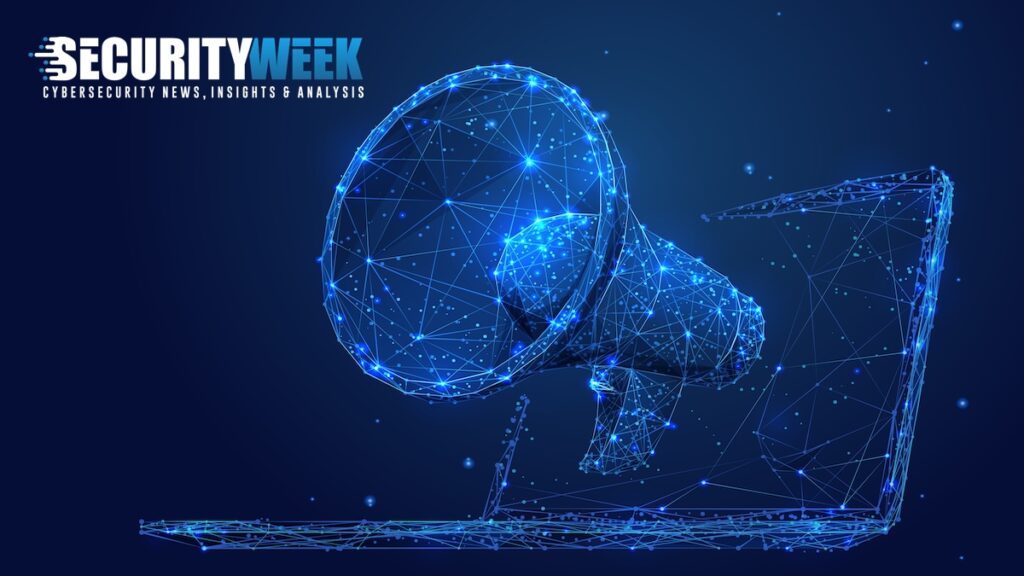Be aware of 7 Cybersecurity Predictions for 2025 shaping the future.
Be aware of 7 Cybersecurity Predictions for 2025 shaping the future.
Blog Article
Top Cybersecurity Predictions for 2024: Stay Ahead of Arising Dangers
As we approach 2024, the cybersecurity landscape is positioned for considerable change, driven by arising dangers that organizations have to not just expect but likewise purposefully address. The rise of AI-driven cyberattacks, coupled with significantly advanced ransomware strategies, highlights the urgent demand for innovative defenses. Furthermore, the expanding variety of IoT tools presents new vulnerabilities that could be made use of. With regulative modifications on the perspective and a critical focus on cybersecurity training, it is crucial for organizations to reassess their techniques to continue to be resistant. Just how ready are you to navigate these progressing obstacles?
Surge of AI-Driven Strikes
As companies progressively embrace expert system technologies, the capacity for AI-driven strikes is ending up being an extremely important problem in cybersecurity. Cybercriminals are leveraging AI to improve the sophistication and efficacy of their strikes, developing a landscape where standard safety procedures may fail. These attacks can exploit device discovering formulas to identify susceptabilities in systems and networks, leading to much more targeted and harmful violations.
AI can automate the reconnaissance stage of a strike, enabling enemies to collect huge quantities of information quickly (cyber resilience). This capacity not just reduces the moment needed to launch an attack but additionally boosts its precision, making it harder for defenders to prepare for and alleviate risks. Additionally, AI can be made use of to produce convincing phishing systems, produce deepfake content, or adjust data, further complicating the cybersecurity landscape
Organizations need to prioritize the assimilation of AI-driven cybersecurity options to counter these arising dangers. By employing innovative danger detection systems, companies can enhance their capacity to identify and neutralize AI-generated strikes in genuine time. Continual financial investment in training and awareness programs is additionally vital, as it gears up staff members to acknowledge and react to prospective AI-driven risks effectively.
Increased Ransomware Sophistication
The increase of AI-driven attacks is not the only pattern improving the cybersecurity landscape; ransomware attacks have actually also evolved, ending up being significantly sophisticated and targeted. As cybercriminals refine their approaches, companies encounter enhanced dangers that call for adaptive approaches to alleviate possible damages.
Modern ransomware risks now leverage advanced methods, such as dual extortion, where aggressors not only secure data however also intimidate to leak sensitive details if their needs are not satisfied. This adds an added layer of pressure on victims, frequently compelling them to pay ransoms to secure their reputations and customer trust.
Furthermore, using automated devices and equipment discovering algorithms by perpetrators has streamlined the strike procedure, enabling them to identify vulnerabilities more successfully and tailor their techniques versus certain targets. Such advancements have resulted in an alarming rise of assaults on important facilities, healthcare systems, and supply chains, emphasizing the need for durable cybersecurity structures that focus on real-time risk detection and feedback.
To counter these progressing threats, organizations should purchase comprehensive training, advanced security modern technologies, and occurrence reaction intends that include lessons gained from previous ransomware occurrences, ensuring they continue to be one action ahead of increasingly intricate strikes.
Development of IoT Vulnerabilities
With the quick development of the Net of Points (IoT), susceptabilities connected with these interconnected devices have become an important issue for organizations and individuals alike. The proliferation of wise devices, from home appliances to commercial sensors, has actually created an extensive attack surface area for cybercriminals. Many IoT tools are deployed with marginal safety protocols, typically using default passwords or outdated firmware, making them susceptible to exploitation.
As tools end up being interconnected, the potential for large strikes increases. For example, endangered IoT gadgets can offer as entry points for attackers to infiltrate even more visit their website safe and secure networks or launch Distributed Denial of Service (DDoS) assaults. cyber attacks. The lack of standardization in IoT protection determines additional intensifies these susceptabilities, as varying producers apply differing levels of safety and security
Additionally, the increasing elegance of malware targeting IoT gadgets presents considerable dangers. Danger stars are constantly establishing brand-new methods to exploit these weaknesses, causing possible data breaches and unauthorized accessibility to sensitive details. As we relocate into 2024, organizations should prioritize IoT safety, implementing robust measures to secure their networks and mitigate the dangers associated with this rapidly growing landscape.
Regulative Adjustments Influencing Security

In 2024, we expect to see a lot more strict compliance requirements for companies, particularly those that make or deploy IoT tools. The introduction of guidelines such as the European Union's Cyber Resilience Act and updates to existing structures like the NIST Cybersecurity Framework will stress safety deliberately. Organizations will be mandated to apply robust safety measures from the preliminary stages of item development, making certain a positive position against possible vulnerabilities.
Furthermore, regulatory bodies are most likely to enforce substantial fines for non-compliance, engaging services to prioritize cybersecurity financial investments. This change will not just improve the overall safety stance of organizations however will likewise foster a culture of liability in shielding customer information. As regulations tighten, the onus will increasingly fall on companies to demonstrate conformity and safeguard against the ever-evolving threats in the digital landscape.
Focus on Cybersecurity Training
Organizations' dedication to cybersecurity training is coming to be significantly essential as threats develop and attack vectors increase. With cybercriminals constantly establishing advanced techniques, it is critical for employees at all degrees to recognize the threats and acknowledge their function in reducing them. Comprehensive training programs gear up staff with the knowledge and abilities essential to recognize possible dangers, such as phishing assaults, social engineering strategies, and malware.
Furthermore, a culture of cybersecurity understanding fosters watchfulness among employees, lowering the likelihood of human mistake, which continues to be a substantial susceptability in lots of organizations. Consistently upgraded training components that show the most current hazards will certainly ensure that personnel continue to be enlightened and efficient in reacting effectively.


In 2024, companies will likely focus on continuous education and learning and simulation workouts, making it possible for employees to practice their reaction to real-world situations. Cooperation with cybersecurity specialists for customized training remedies may likewise come to be Our site extra commonplace. Ultimately, investing in employee training not just reinforces a company's protection pose however likewise cultivates a proactive approach to cybersecurity, enhancing the idea that protection is a common obligation across the enterprise.
Verdict
Finally, the cybersecurity landscape in 2024 will Read Full Report certainly be formed by the rise of AI-driven attacks, increasingly sophisticated ransomware methods, and the development of susceptabilities connected with IoT devices. Governing modifications will demand boosted compliance measures, emphasizing the value of integrating security deliberately. A solid focus on comprehensive cybersecurity training will certainly be crucial in cultivating a business culture resilient to arising risks. Proactive adjustment to these trends will certainly be essential for efficient defense methods.
Report this page